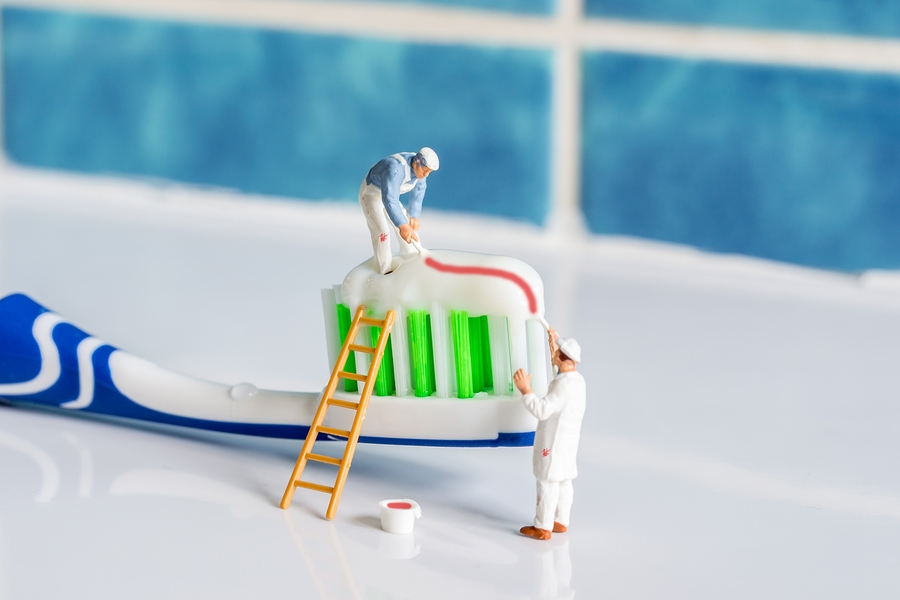Taking care of your teeth
As you grow older, it’s even more important to look after your dental health and nip tooth trouble in the bud. If you follow a strict teeth-cleaning regime, you can make sure your pearly whites last as long as you do!
Your teeth are designed to last you a lifetime, but our busy schedules and modern dietary habits are often at odds with proper dental hygiene. Yes, there are implants, dentures and veneers, but nothing can replace the quality of your natural teeth.
Complicating things further is the aging process—the inevitable ‘wear and tear’ over the years. Teeth don’t naturally weaken over time, but many of us accumulate more fillings and crowns as we get older. A tooth that contains a filling or has been root-treated is more vulnerable to cracks and chips. Similarly, gum disease isn’t a natural side effect of aging, but it does get worse the longer it goes untreated.
Luckily, tooth decay and gum disease are preventable. With the right tools and habits, you can keep your teeth looking and feeling healthy. Here’s how:
Brush (at least) twice a day
It’s standard practice to brush once before bedtime and the at least one other time during the day (typically in the morning). The British Dental Foundation recommends using fluoride toothpaste, which is proven to reduce tooth decay. Take your time and brush for a good two minutes to make sure they get a proper clean.
Floss (at least) once a day
Although brushing does a good job of cleaning the surface of your teeth, flossing is the only way to remove bits of food from between your teeth, the spot where it’s most likely to get trapped. It’s crucial to preventing tooth decay and gum disease, not to mention bad breath!
Invest in quality cleaning tools
Many experts suggest using a soft-bristled toothbrush, as hard bristles can damage your gums and wear down enamel. If your standard brush isn’t cutting the mustard (quite literally), consider switching to an electric toothbrush. Many people find that electric toothbrushes make it easy for them to give all of their teeth, even those pesky molars, a thorough clean.
As for floss, simply choose the product that you’re most likely to use. If satin floss feels better on your gums, then use that. If you prefer mint-flavoured waxed floss, then that’s the best floss for you. The important thing is that you use it.
Eat a teeth-friendly diet
Even the most diligent dental care regimes can’t always stop the damage caused by sugary, starchy foods. Certain foods are particularly offensive to oral health, most notably: crisps, sugary sodas, chewy candies, citrus fruit juices and yes, even our precious cups of tea. Avoiding these foods when possible, or brushing right after partaking in them, can go a long way toward preventing decay.
Know the signs of tooth decay and gum disease
Like so many health conditions, the sooner you take action against tooth decay and gum disease, the better. It’s important to recognise the signs of both, which include:
Signs of tooth decay
- – Sensitivity to hot/cold temperatures and sweets
- – Toothaches
- – Holes you can see or feel with your tongue
- – Pain when you bite down
Signs of gum disease
- – Swollen, tender, receding and/or bleeding gums
- – Mouth sores
- – Changes to how your teeth fit together upon biting
Although it’s important to look out for these signs, both gum disease and tooth decay often show no symptoms in the early stages. A dental examination and x-rays are often only way to know whether you’re at risk.
How strict is your dental hygiene routine?
Rachel - Silversurfers Assistant Editor
Latest posts by Rachel - Silversurfers Assistant Editor (see all)
- Get Ready for Stir-up Sunday - November 22, 2024
- Warming Soups - November 15, 2024
- What’s your favourite scary film? - October 26, 2024
- Easy Traybakes for National Baking Week - October 14, 2024
- Practical tips for living with arthritis - October 11, 2024





















